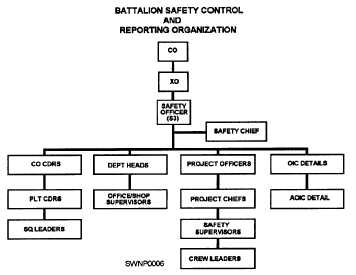
Figure 1-7. - Battalion Safety Control and Reporting Organization.
include indoctrinating new crew members, compiling mishap statistics for the project, reviewing mishap reports submitted to the safety office, and comparing safety performances of all crews.
The crew leader is responsible for carrying out safe working practices under the direction of the safety supervisor or others in position of authority (project chief, project officer, safety chief, and safety officer). You, as the crew leader, must be sure each crew member is thoroughly familiar with these working practices, has a general understanding of pertinent safety regulations, and makes proper use of protective clothing and safety equipment. Furthermore, be ready at all times to correct every unsafe working practice you observe and report it immediately to the safety supervisor or the person in charge. When an unsafe condition exists, the safety supervisor (or whoever is in charge) has the power to stop work on the project until the condition is corrected.
In case of a mishap, you must ensure that anyone injured gets proper medical care as quickly as possible. Investigate each mishap involving crew members to determine its cause. Remove or permanently correct defective tools, materials, and machines as well as environmental conditions that contribute to the cause of a mishap. Afterwards, you are required to submit the required written reports.
SAFETY TRAINING
New methods and procedures for safely maintaining and operating equipment are constantly being developed. Therefore, you must keep abreast of the latest techniques in maintenance and operational safety and then pass them onto your crew members. Keep them informed by holding daily standup safety meetings. As crew leader, you are responsible for conducting each meeting and for passing on information that the safety supervisor has organized and assembled. Information (such as the type of safety equipment to use, where to obtain it, and how to use it) is often the result of safety suggestions received by the Safety Supervisors' Committee. Encourage your crew members to submit their ideas or suggestions to this committee.
At times, you will hold a group discussion to pass the word on specific mishaps that are to be guarded against or have happened on the job. Be sure to give plenty of thought to what you are going to say beforehand. Make the discussion interesting and urge the crew to participate. The final result should be a group conclusion as to how the specific mishap could have been prevented.
Your daily standup safety meetings also give you the chance to discuss matters pertaining to safe operation and any safety items, such as riding in the back of a vehicle, prestart checks, and maintenance of automotive vehicles, assigned to a project. Since these vehicles are used for transporting crew members as well as cargo, it is important to emphasize how the prestart checks are to be made and how the vehicles are to be cared for.
In addition to standup safety meetings, you are also concerned with day-to-day instruction and on-the-job training. Although it is beyond the scope
Continue Reading